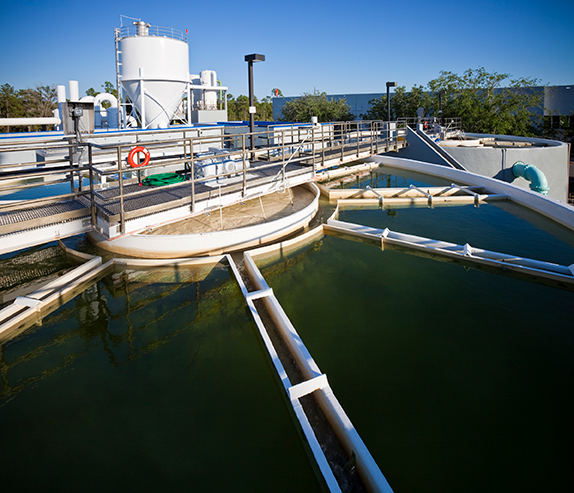Why heavy industry must adopt a practical approach to Industry 4.0.

Industry 4.0 continues to gather steam as organizations look for ways to increase efficiencies and reduce costs. As companies clamor to digitize every aspect of their organization, they are rapidly adopting automation and intelligent technologies to accelerate the pace of digital transformation.
However, when it comes to some asset-intensive industries, such as power generation, water & wastewater, chemicals, and mining, it’s cost-prohibitive and simply not realistic to try and immediately modernize every aspect of their legacy infrastructure. Instead, these industries should adopt an incremental approach to digital transformation and focus first on initiatives that increase uptime and reliability. With the impact of the pandemic further reducing operating budgets, this pragmatic approach is the only viable option.
At the heart of this streamlined approach is identifying those assets that require digitization and would provide the greatest impact on uptime and reliability.
Below is a four-step process to help guide digital transformation efforts.
Once organizations have gone through these four phases, they should start scaling their digital transformation efforts. With reduced operating budgets, the new normal, the challenges facing heavy industry as they try to upgrade their aging infrastructure can be daunting, coupled with the enormous number of assets, locations, and processes that need to connect to work together. However, taking a practical approach to Industry 4.0 is not only a viable path for digital transformation but an impactful one as well.

David Wilbur, General Manager & Chief Technology Officer, United Electric Controls
David Wilbur is the General Manager and Chief Technical Officer of United Electric Controls. Dave joined United Electric in the year 2000 and has held various technical and leadership positions within the organization. Dave has 35 years’ experience in the design and manufacture of embedded instrumentation. He holds a bachelor’s and master’s degree in electrical engineering from Worcester Polytechnic Institute. https://www.ueonline.com/
In this episode, I sat down with Beejan Giga, Director | Partner and Caleb Emerson, Senior Results Manager at Carpedia International. We discussed the insights behind their recent Industry Today article, “Thinking Three Moves Ahead” and together we explored how manufacturers can plan more strategically, align with their suppliers, and build the operational discipline needed to support intentional, sustainable growth. It was a conversation packed with practical perspectives on navigating a fast-changing industry landscape.